
Image depicting battery research in the laboratory
Devices are thinner, stronger, smarter, but battery life is… still the same. While manufacturers continuously boast about hardware and software breakthroughs, users are still struggling with the obsession of charging their batteries every day. It seems that the small battery is the biggest barrier for the entire technology industry.
The worry called battery charging
As devices become thinner, more feature-rich, and always-connected, batteries, the components that provide power, have remained largely unchanged. Current lithium-ion battery technology has been around for decades, with only incremental improvements in energy density and charging speed.
Meanwhile, processors, screens, wireless connections, AI sensors and high-end cameras are constantly being upgraded, consuming more and more electricity.
We live in a world of smart wearables, voice-controlled speakers, security cameras, electric vehicles, and home robots. Yet many of them still have limited battery life , forcing users to constantly charge them every day.
Some promising technology ideas like smart glasses or 24/7 health sensors have struggled to commercialize because batteries aren't small enough, durable enough, or too slow to recharge.
In the field of electric vehicles, batteries not only affect the range of travel, but also determine the price, weight and safety. Users are still concerned about the risk of explosion, battery failure after a few years or taking hours to fully charge. These limitations are hindering many green transition plans and popularizing smart vehicles.
Why can't we overcome the battery barrier?
According to Tuoi Tre Online , solid-state batteries, silicon batteries, batteries using new materials such as sodium or graphene have been researched by scientists for a long time.
Some labs claim to have created batteries with double the capacity, that charge in minutes, and that are just as safe. But once they leave the lab, these technologies face real-world challenges : they are too expensive, too difficult to mass-produce, and especially not stable enough to be widely integrated into consumer devices.
Unlike software or electronic chips, which can be improved by design and algorithms, battery technology is a matter of materials and chemistry. This means a longer development cycle, requiring more rigorous safety testing and environmental assessments. It is not easy to replace a battery technology that is used in billions of devices worldwide with just a new idea.
Even software optimization efforts to save battery such as power saving mode, learning user habits are only temporary. When device usage habits become more and more intense, with the need to process photos, videos , social networks, location... then all optimizations cannot save the fixed battery capacity.
The feeling of running out of battery in the middle of the day is still the most annoying thing for users. It also reduces trust in the technology itself. Modern features, advanced AI or new interfaces are meaningless if users are always worried about charging.
Source: https://tuoitre.vn/thiet-bi-thong-minh-ngay-cang-nhanh-pin-van-cham-20250703105213343.htm


![[Photo] Binh Trieu 1 Bridge has been completed, raised by 1.1m, and will open to traffic at the end of November.](https://vphoto.vietnam.vn/thumb/1200x675/vietnam/resource/IMAGE/2025/10/2/a6549e2a3b5848a1ba76a1ded6141fae)







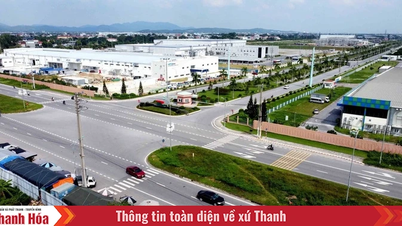

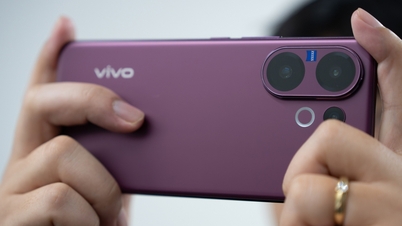


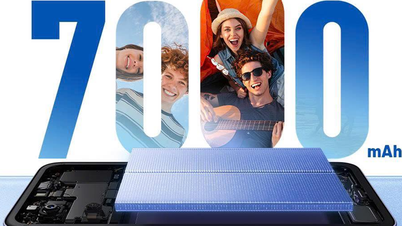
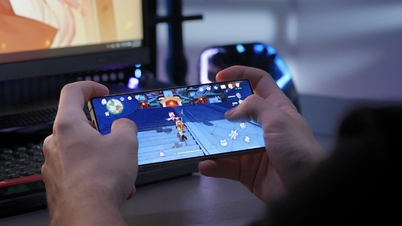
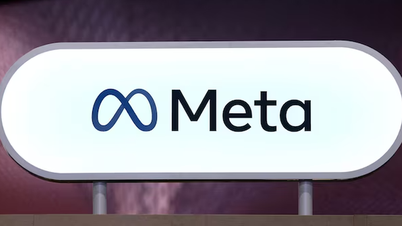
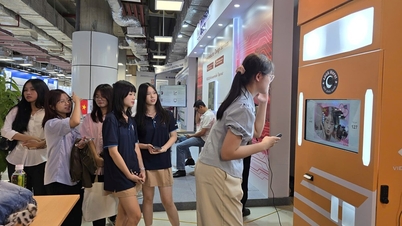





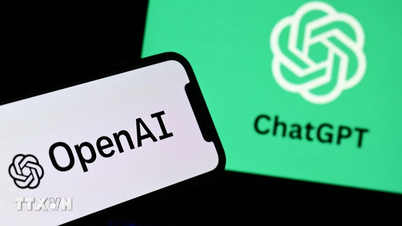









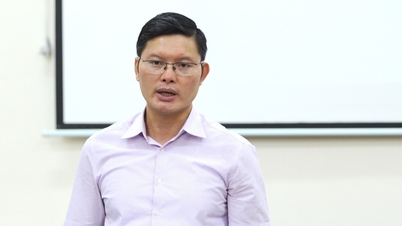
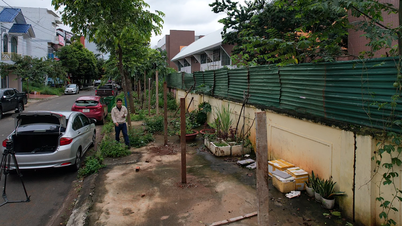


















































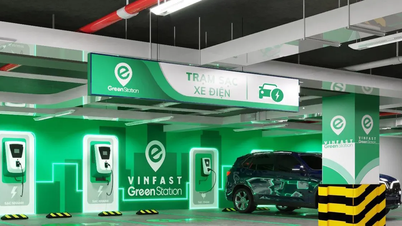


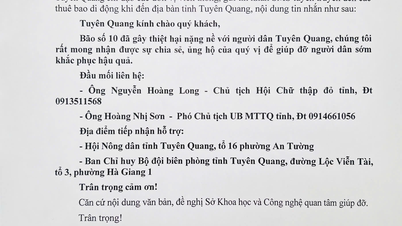
















Comment (0)